Peru’s southern coast is a destination possessing an array of adventures for the traveler. From wildlife spotting in the Paracas National Reserve to sandboarding on epic dunes and visits to the legendary Nazca Lines. Read more about all the options in this Travel Guide for Peru’s Southern Coast.
The coastal desert regions of Peru have unique climatic qualities that make the terrain quite different to what you might expect from the desert. This is because Peru’s coastal desert climate is regulated by the Pacific Ocean, which transports a lot of humidity to the region.
Thanks to this natural climate regulation, the desert of Ica is a land with a great wine tradition. It’s even the birthplace of Peru’s national liquor, Pisco. It was also where General San Martin chose to disembark (from Chile) and begin the liberation of Peru from the Spaniards.
If you plan on getting to know this fascinating area and are wondering when to come here, read the article on the Best Time To Travel To Peru.
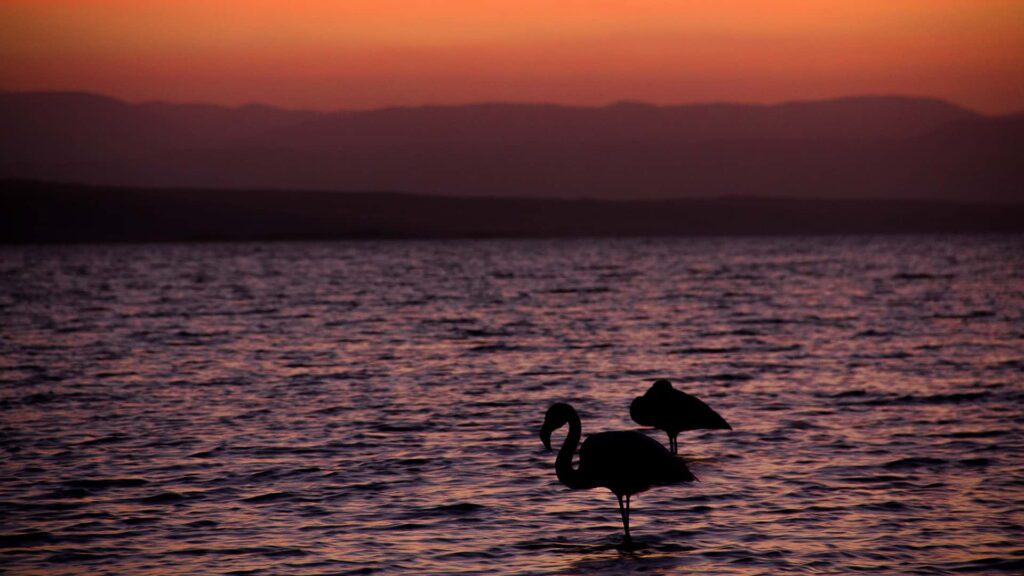
Travel Guide for Peru’s Southern Coast
Thanks to waters full of fish, pristine bays, and hidden beaches, Paracas is the perfect destination for nature lovers. You can have a look at our Nature Tours if this is one of your driving travel passions. On top of that, it is located close to islands that are inhabited by thousands of protected animal species and can be visited.
Chincha, for its part, is a vibrant, colorful destination with an atmosphere all its own. It’s a stronghold of Peruvian black culture and famous for its afro music. It’s also famous for its mestizo dishes such as carapulcra, and the cultivation of cotton and clothing made from the local material.
The department of Ica is one of the epicenters of the fruit industry. This may sound surprising given the scarcity of water in the area. But the dry land is made fertile and suitable for the growth of all kinds of products thanks to the abundance of birds in the area. And, more specifically, the amount of guano that they leave behind. (For those who don´t know: “guano” is the accumulation of seabird droppings that can be found all over the Pacific coast of South America).
In Ica, we also find Ocucaje, Palpa, and Nazca. Ocucaje is famous for being one of the world’s most critical marine paleontological sites. Walking through its desert, you can find the bones of cetaceans from 5 million years ago.
Uncover Paracas culture
If you go further south, you find yourselves in Palpa. Here, you can appreciate the influence of the Paracas culture, with countless anthropomorphic figures carved on the ground and desert hillsides.
Finally, we arrive in Nazca, which is a lot more famous than Palpa for the formations you can admire here. Our imagination leads us to make all kinds of speculation when contemplating the famous Nazca Lines. Why and how could they have been made?
Many theories have been elaborated, but the most likely one is that the lines display a monumental astronomical calendar. One that was created three hundred years before the Christian era. The figures are enormous, some are up to three hundred meters long and can only be fully appreciated from the sky.
In Nazca, you will also find archaeological remains, such as the adobe citadel of Cahuachi. This is an extraordinary ancient ceremonial center build of clay and mud that dates from between 100 and 500 AD. It is said to have been the capital of the Nazca culture, and the birthplace of amazing hydraulic engineering works. The most famous ones are those found at Cantalloc (also known as Cantayoc), a complex of aqueducts which is still in operation today.
Nasca is undoubtedly a place of pure mysticism, offering a unique culture and breathtaking landscapes with dunes higher than 2000 meters. The area is home to an array of fascinating ancient sites that are remarkably well preserved.
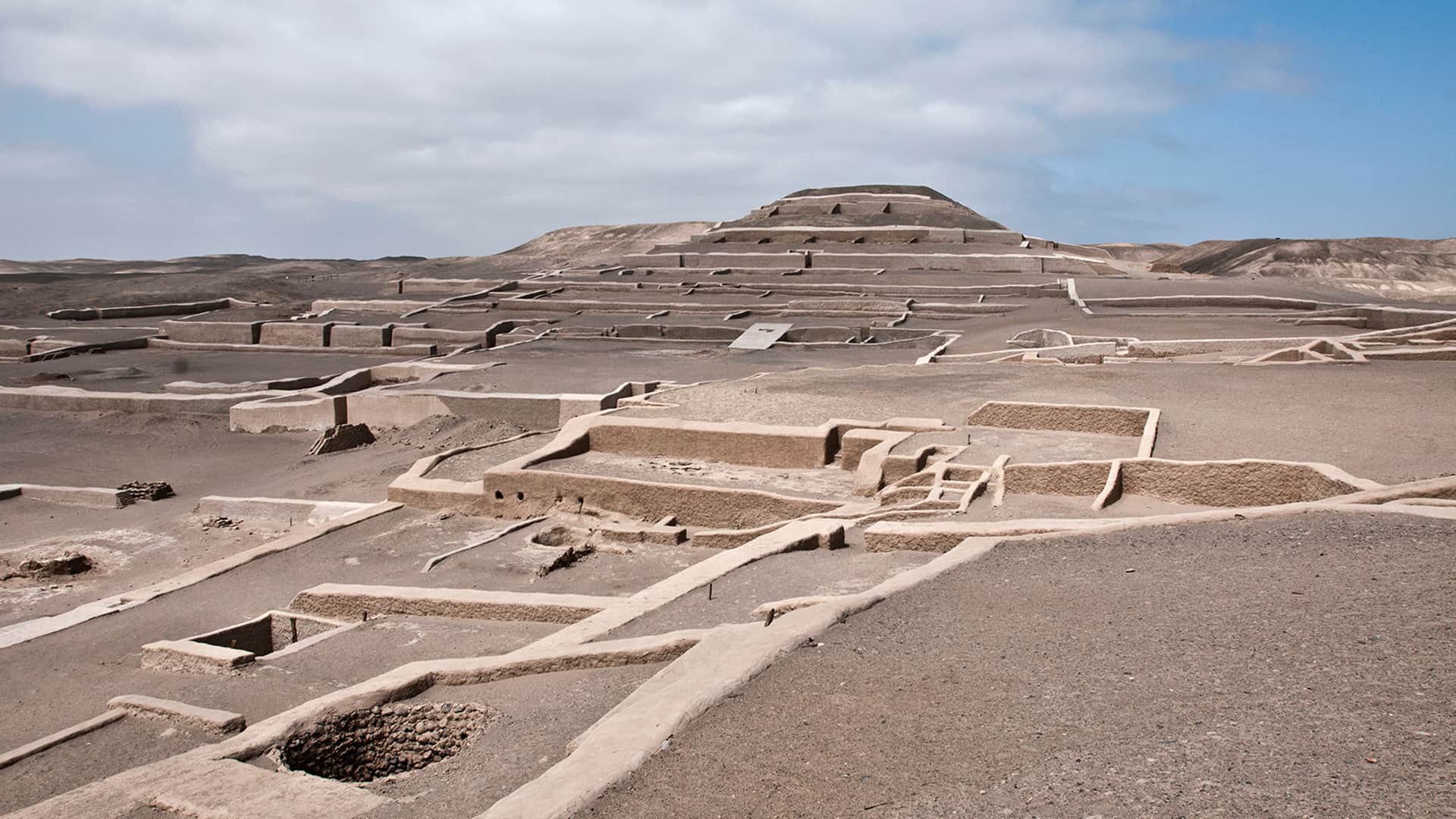
What we recommend for you when traveling to the Southern Coast of Peru
Usually, the traveler who decides to set off to this region leaves Lima following the coastal road of the Panamericana Sur. The first suggested stop would be the district of El Carmen, located in the province of Chincha.
This valley aroused great interest thanks to its Afro-descendant population and its rhythmic dances. Most of the Afro-Peruvian dances are the product of the social and religious confluence of people devoting themselves to Jesus and the Virgin of Carmen.
Continuing another hour along the road, you reach Paracas. This is one of our favorite places, whose bay greets you with various shades of turquoise as soon as you arrive. This enclave is of historical importance, as it was the point chosen by San Martin as the starting point for the liberation of Peru. Legend has it that he envisioned the national flag’s colors here, inspired by flamingos flying over his head.
The area offers countless options for the traveler. Obviously, our recommendations will be the ones leaving the least impact on the environment.
Enjoy kayaking in Paracas Bay
Start with a Sea Kayak Tour in Paracas Bay. Very early in the morning you avoid running into the Paracas winds, which can be very violent. Paddling in the bay, you can see migratory seabirds coming to this important resting place on their vast annual journey. Additionally, families of bottlenose dolphins hunt fish in the area.
The next activity we would recommend to you is exploring the Paracas National Reserve. You can do this either by walking or cycling. Both options allow you to discover the desert and come across the spectacular natural landscapes of this unique place.
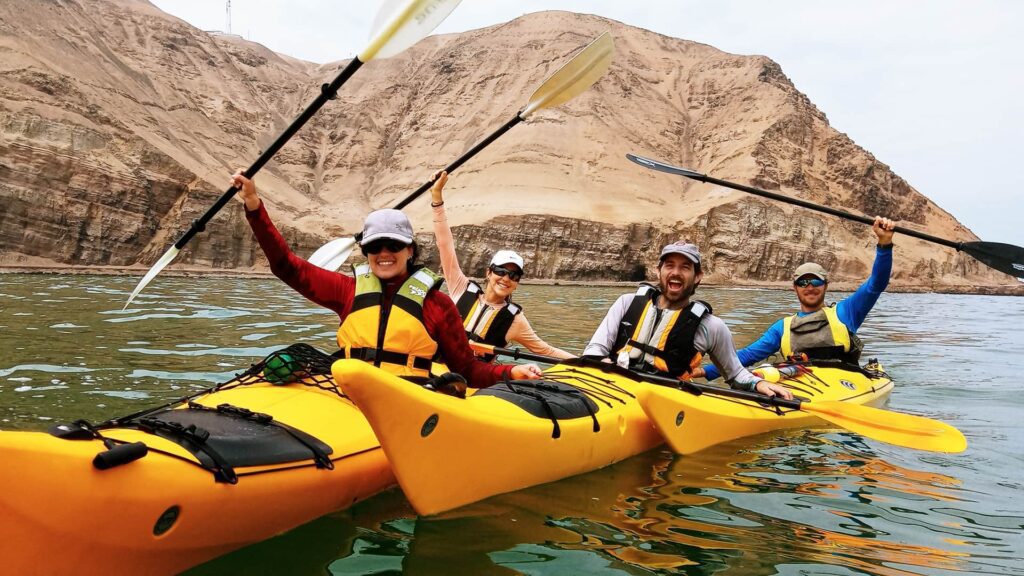
Another option is to head in the opposite direction from Paracas, where you can enter the desert in search of the local people living here. They have adapted to the somewhat tricky conditions. Also, they have learned to grow cotton and corn in a natural environment of great beauty, surrounded by sublime dunes.
Getting across the settlements, you will discover the beautiful oasis of Moron. Here you can spend the night beneath a sea of stars. Go on our Magic Desert Tour if you don´t want to miss this experience! Scroll down for more tips in our Travel Guide for Peru’s Southern Coast.
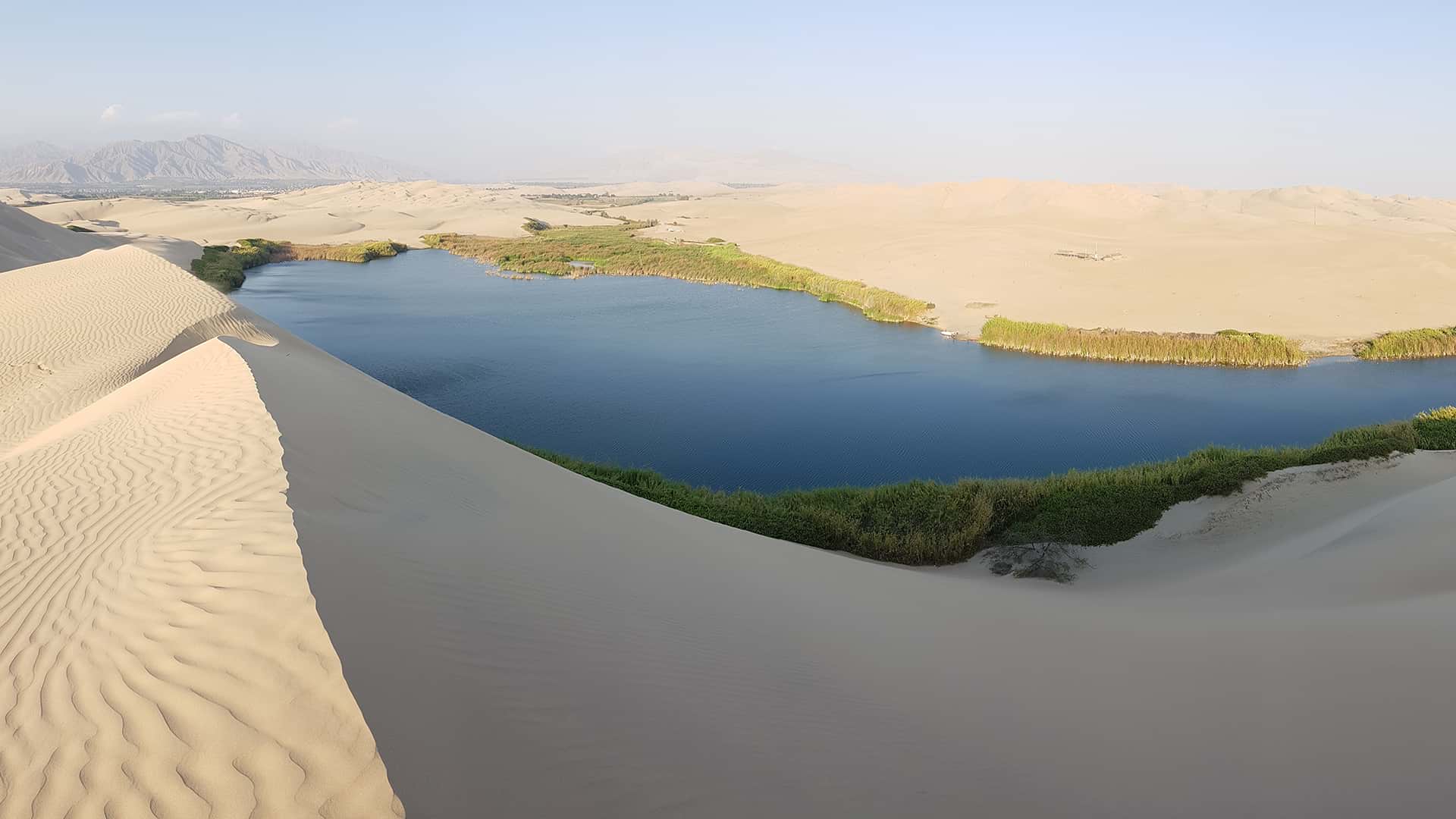
The next day, you can continue along the coast until you come across Palpa. Here you can find lines that are similar to those of Nasca but less well-known. These figures have been drawn by the Paracas. Among more than a thousand lines with very different motifs, you can make out some anthropomorphic figures (= resembling humans) that can be seen from the hills.
See the Nazca Lines, a world-famous UNESCO site
A few kilometers away lies Nasca, which, unlike Palpa, is very famous for its enigmatic lines. This area lies at around 460 meters (1500 feet) above sea level, and the lines are best observable by taking a plane. But if you prefer to keep your feet on the ground and travel through this enigmatic area on foot or by bicycle, we highly recommend that!
You can make your way into the fertile valleys and meet its people while you approach the cemetery of Chauchilla, where mummies of the Nasca era rest.
Another enigmatic place is the pyramid of Cahuachi, one of the most important ceremonial and administrative centers of the Nasca culture. If you want to know more about it, we recommend visiting the Antonini Museum. It collects many of the pieces found during the excavations in the sanctuary of Cahuachi.
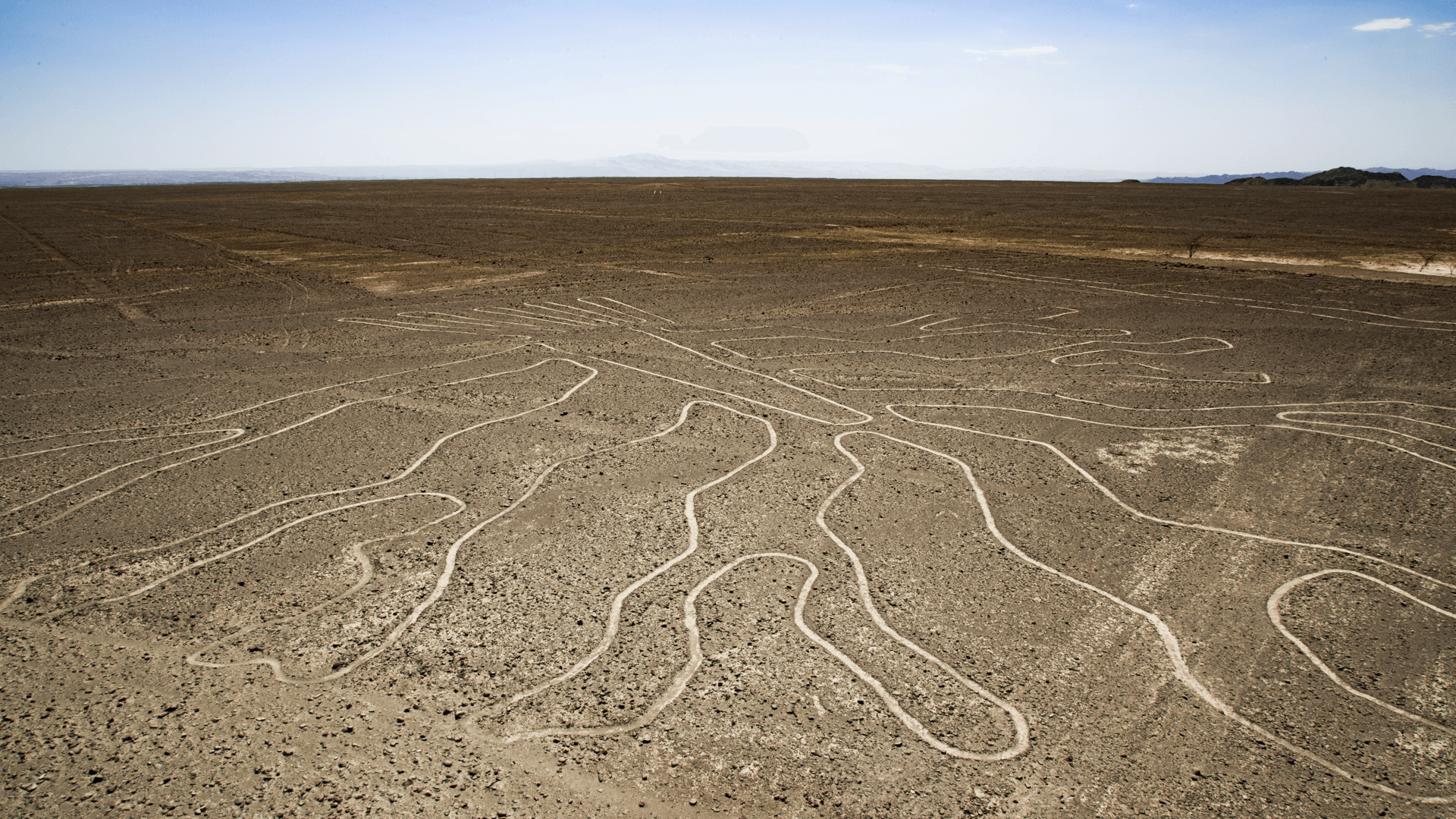
Visit the Cantalloc aqueducts
Also not to be missed are the Cantalloc aqueducts. This is a network of underground canals and spiral-shaped reservoirs built by the Nazca. There are 46 aqueducts, 32 of which are in good condition.
Finally, we have a couple of additional recommendations for you.
First, Punta San Fernando, which is especially interesting for nature lovers. It is one of the last remarkably intact natural spaces on the Peruvian coast. It’s a pristine area in a wild state and with very little human intervention. Here, you can see the various animals living here, such as foxes, boobies, sea lions, and even the Andean condor in search of food.
Our second recommendation is actually located in the Ayacucho, but can be reached from Nazca and makes for a worthwhile excursion. Pampa Galeras is a vicuña sanctuary, where you can learn about Peru’s textile industry, which is closely linked to its nature. More specifically, the ancestral shearing ceremony called Chacu takes place here. A national reserve, Pampa Galeras is a place of stunning natural beauty and a window into ancient Peruvian traditions.
It is clear that the options to visit the Southern Coast are many, and so are the combinations. That is why we offer you to Customize Your Itinerary. Our expert travel designers can help you prepare for your fascinating immersion in this enigmatic region.
Getting to Paracas, Ica and Nazca – Travel Guide for Peru’s Southern Coast
Due to its proximity to Lima, Paracas is quite accessible. If you travel by car, you only have to take the new Panamericana Sur highway for about 3 hours. If you wish to go by bus, several lines go directly to Paracas. Fares are varying depending upon the chosen provider. There are no direct flights to any of these places.
To get to Nazca, you must keep going along the Panamericana south, adding about 3h 20min to your journey. This is an epic journey through the desert with numerous villages en route. Again, you can go by car or take one of the numerous bus departures from Lima, Paracas, or Ica.
For extra information regarding any of the destinations discussed in this guide or how you can explore them in the company of expert guides, please get in touch.
Gallery
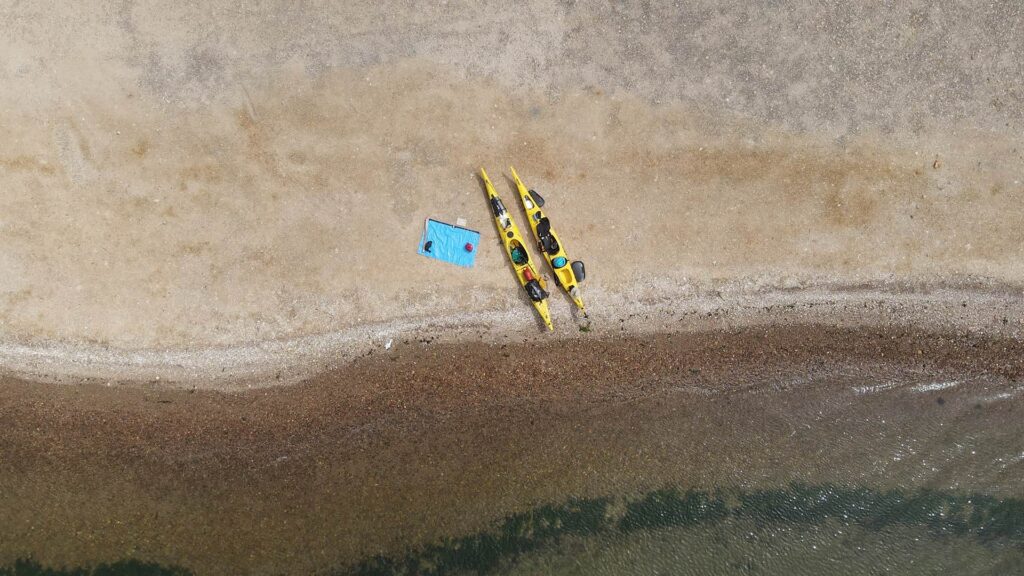

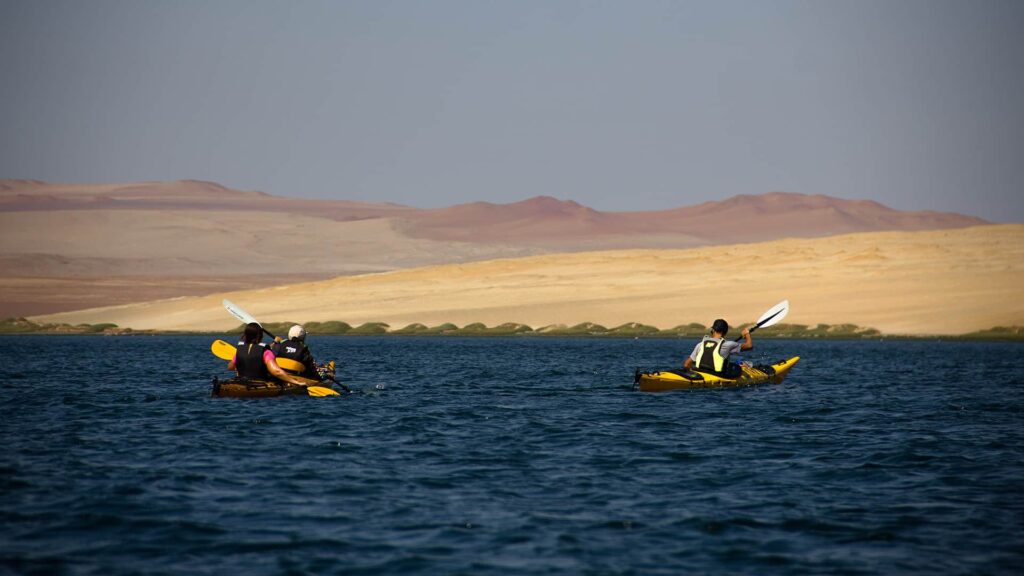
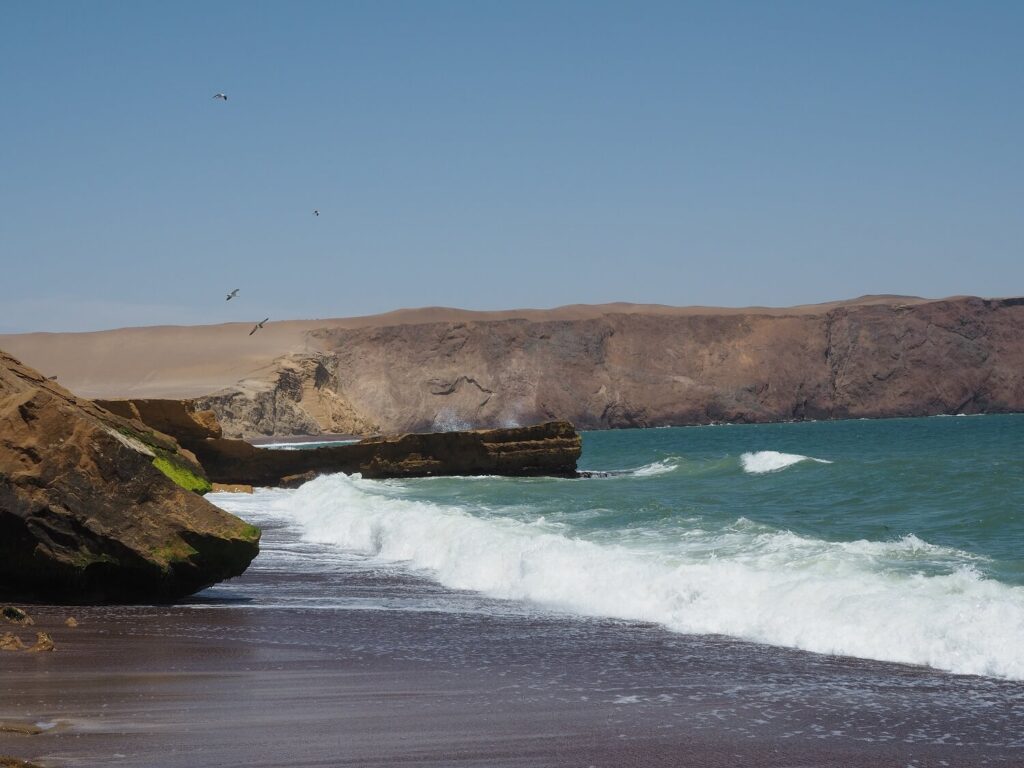
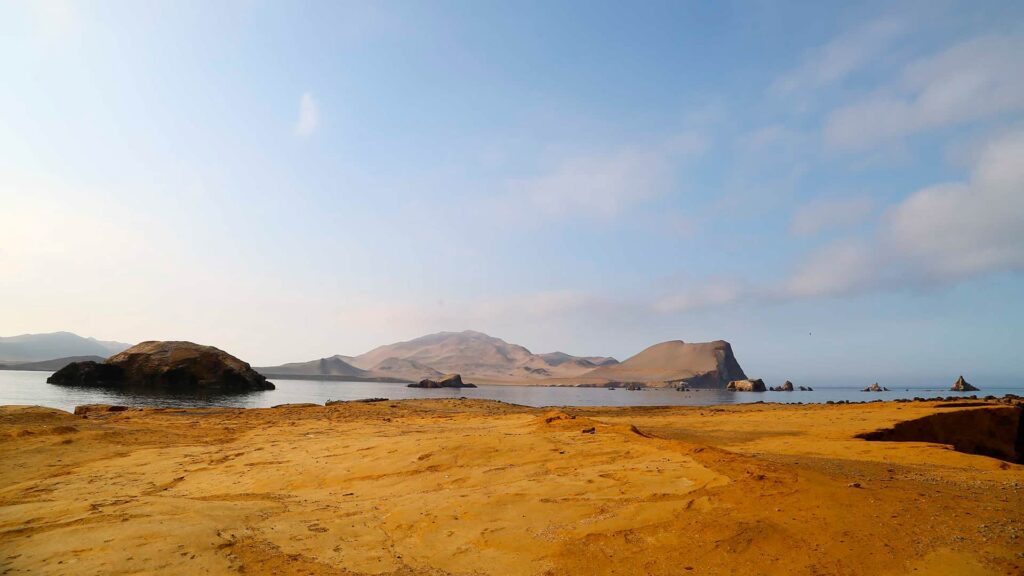
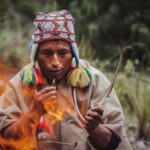
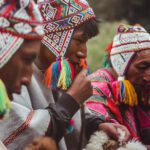

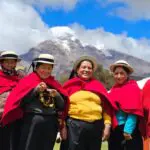
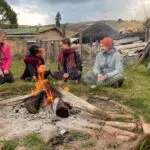
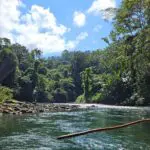

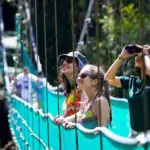


[…] in Nazca but if you want to read a bit more about this destination and surroundings please read our Destination Guide for the region, or if you are already convinced, get in direct contact with us, so one of our […]